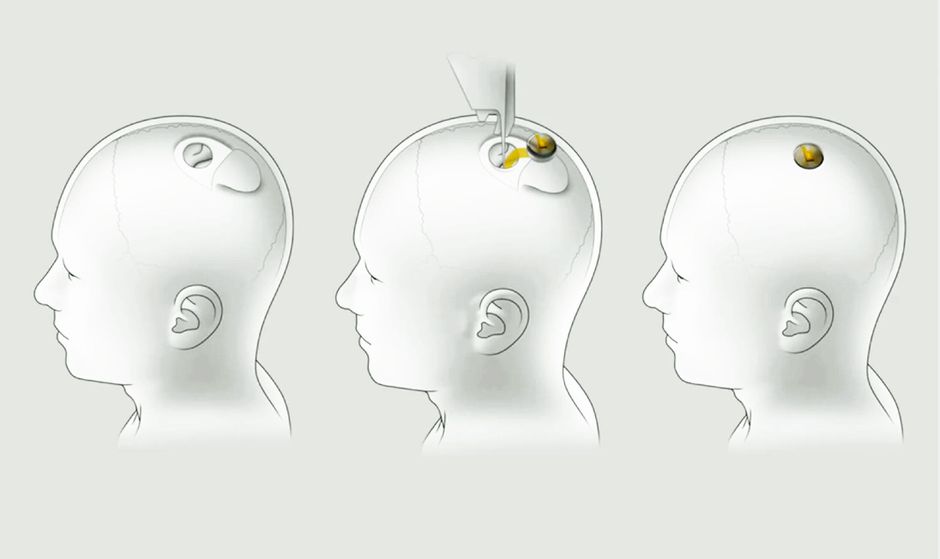Even though the freemium pricing strategy has been around some time (‘Fremium’, 2020, it is starting to make its entry in the bigger mainstream games. Some of the most known examples of this are most likely Fortnite, Apex and Warzone. Those games are free to download and offer access to basically everything the game offers. They make revenue by selling cosmetic items and through a subscription based ‘Battle pass’. In the past, games like these would cost around 60 euros and you would still have the ability to buy downloadable content.
More and more games are adopting a similar style of releasing big games for free, or at least part of it. Warzone for example, is part of a Call of Duty game. If you start up Warzone, you see the menu that would go to the other part of the game but it is locked if you haven’t bought the entire game.
It makes perfect sense for Call of Duty to release Warzone separately for free. As it is a digital good, the marginal cost is almost zero as it is already existing in the PlayStation or XBOX stores and it only has to be downloaded by the user. Usually, the fixed costs are rather high for informational goods. Even though that may be the case with Warzone as well, I think that they could use a lot of the programming work of the actual game. So the core was already made for the actual game and they only had to change and add some smaller things for Warzone. This may have lowered the fixed costs for Warzone.
By releasing it for free, a lot more people download it compared to when it would’ve been a game that had to be bought (Takashi, 2020). Because of this, there are some positive network externalities like better matchmaking and the possibility to play with your friends. This increases the value the game gives for the users which leads to a higher willingness to pay. As the game is free, the users may decide to buy those battle passes. It could even lead to buyers buying the entire game because they liked the free-playable part of it.
In conclusion, I think that the freemium pricing strategy is one that we will see more often in the higher end of the game industry. The main reason for this is that they could leverage the knowledge and functionality of the actual game, to create a sub-game at a relatively low cost which attracts new customers and new revenue to the game (Their, 2020). In that sense, the free to play ‘sub-games’ could even be seen as a disruptive innovation as they are good enough for a lower market.
References
Freemium. En.wikipedia.org. (2020). Retrieved 1 October 2020, from https://en.wikipedia.org/wiki/Freemium.
Takahashi, D. (2020). Call of Duty: Warzone hits 60 million downloads in less than 2 months. VentureBeat. Retrieved 1 October 2020, from https://venturebeat.com/2020/05/05/call-of-duty-warzone-hits-60-million-downloads-in-52-days/.
Thier, D. (2020). Call Of Duty: Modern Warfare’s Battle Royale ‘Warzone’ Is Free-To-Play, Here’s When You Can Play. Forbes. Retrieved 1 October 2020, from https://www.forbes.com/sites/davidthier/2020/03/10/ps4-xbox-one-pc-download-call-of-duty-modern-warfares-battle-royale-warzone-is-free-to-play-heres-when-you-can-play/.

